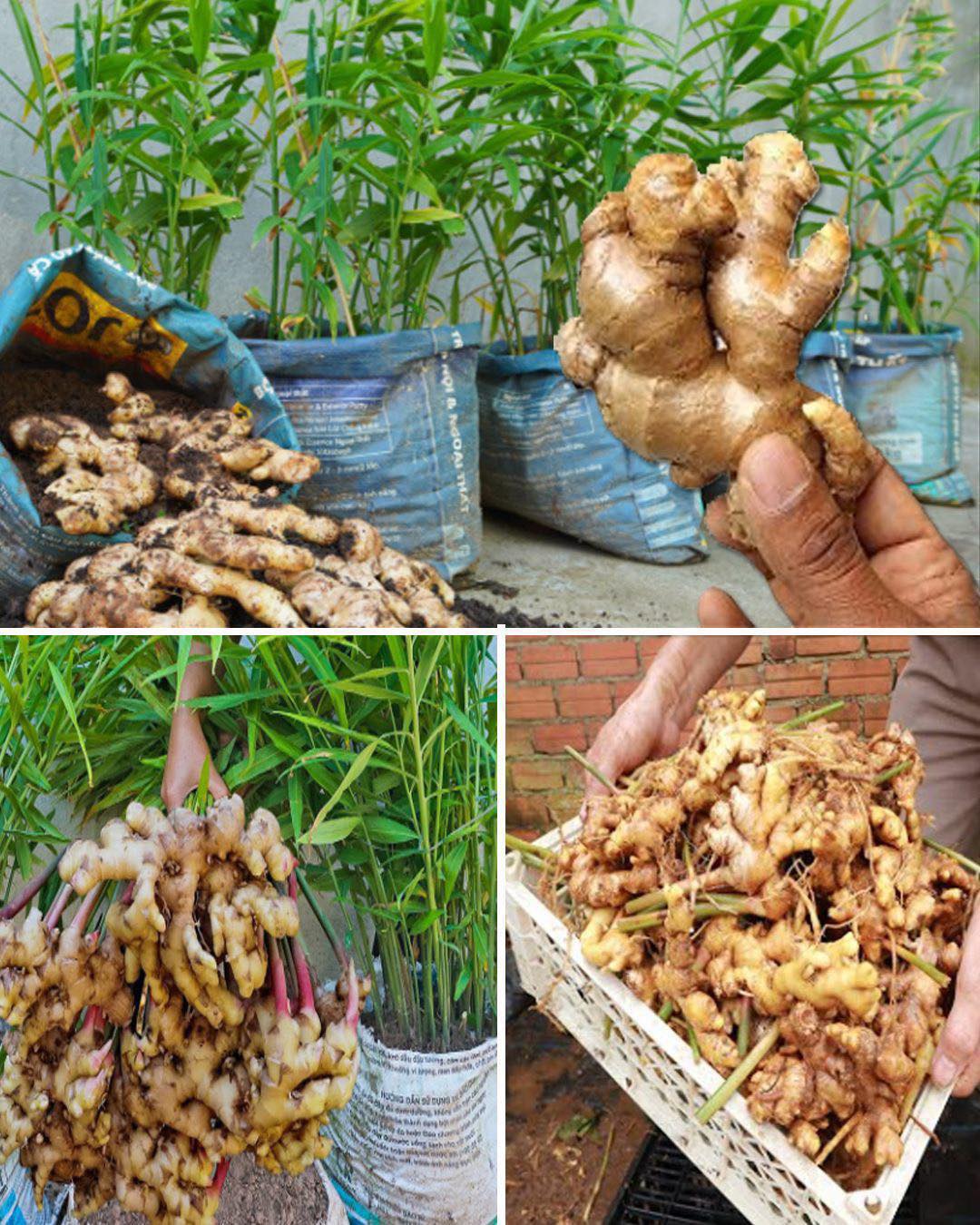Skip to content
- Ginger Rhizome: Purchase fresh ginger from a local grocery store or garden center. Look for pieces with visible “eyes” or buds, which will sprout into new plants.
- Plastic Bags: Choose durable, breathable plastic grow bags (or even heavy-duty grocery bags). A 5 to 10-gallon bag is ideal for a single ginger plant.
- Potting Soil: Use a high-quality potting mix rich in organic matter and well-draining.
- Compost or Organic Fertilizer: To provide essential nutrients for your ginger plant.
- Watering Can: For regular watering.
- Shovel or Trowel: For planting and mixing the soil.
Step-by-Step Guide to Growing Ginger in Plastic Bags
1. Prepare the Ginger Rhizome:
- Select a Healthy Ginger Piece: Choose a ginger rhizome that is plump and has visible “eyes” or buds. If the ginger is too large, cut it into pieces, ensuring each piece has at least 1-2 buds.
- Cure the Ginger: Let the ginger pieces dry out for a day or two before planting to reduce the risk of rot.
2. Prepare the Plastic Bag:
- Punch Drainage Holes: If your plastic bag doesn’t have pre-made holes, punch a few drainage holes at the bottom. This will prevent water from pooling and causing root rot.
- Fill the Bag with Soil: Fill the plastic bag with a rich potting mix, leaving about 4-5 inches from the top. You can mix in some compost or organic fertilizer to enrich the soil.
- Moisten the Soil: Water the soil lightly to moisten it before planting the ginger.
3. Plant the Ginger:
- Position the Ginger Pieces: Lay the ginger pieces horizontally in the soil, with the buds or eyes facing upward. Space them about 4 inches apart if planting multiple pieces in one bag.
- Cover the Rhizomes: Gently cover the ginger with 1-2 inches of soil. Don’t bury the ginger too deep, as it needs sunlight and warmth to sprout.
4. Place the Bag in a Sunny Spot:
- Ginger thrives in warm and humid conditions, so place the bag in a location that gets at least 6 hours of indirect sunlight daily. A balcony, patio, or sunny windowsill is ideal.
- If you live in a cooler climate, consider starting your ginger indoors and moving it outdoors once the weather warms up.
5. Water Regularly:
- Ginger prefers slightly moist soil, so water the plant regularly, but avoid waterlogging. The soil should be damp but not soggy. You can reduce watering during cooler months when the plant is dormant.
6. Fertilize Periodically:
- Ginger is a heavy feeder. Every 4-6 weeks, apply a balanced organic fertilizer or compost to keep the soil nutrient-rich and support healthy growth.
How to Achieve a Faster Harvest
